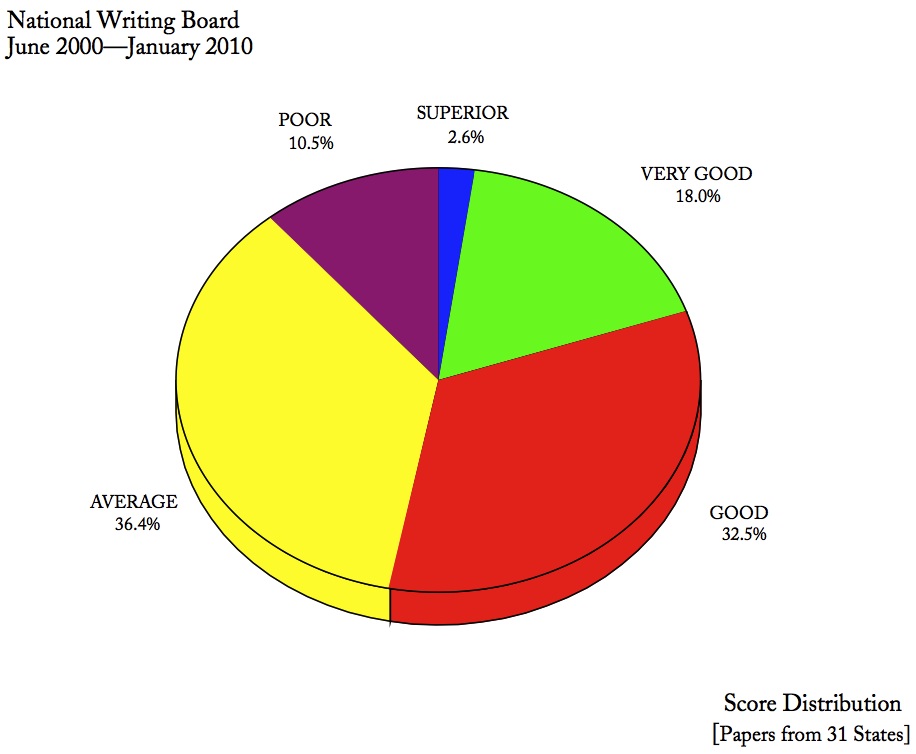Will Fitzhugh
The Concord Review
14 January 2010
In the early 1960s, I was fortunate enough to work for a while at the Space and Information Systems Division of North American Aviation in Downey, California, which was building the command modules for the Apollo Program. I was quite impressed by the fact that, although I was basically a glorified clerk, when I left the company to work for Pan American World Airways, they invited me in for an exit interview.
The interviewer asked me about the details of my job–what I liked and didn’t like about it. He asked me if the pay and benefits were satisfactory, and whether my immediate boss had done a good job in supervising me or not (he was an Annapolis graduate and had done a first-rate job). The general goal of the interview seemed to be to find out why I was leaving and if there was anything they could do to keep an employee like me in the future. This took place in the middle of a very high-pressure and a multi-billion dollar effort to get to the moon before the end of the decade. North American Aviation also had the contract for the Saturn 5 rocket at their Rocketdyne division. But they made the time to talk to me when I left.
Tony Wagner of Harvard, in his book, The Global Achievement Gap (2008), reports on a focus group he held for recent graduates “of one of the most highly-regarded public high schools,” to ask them about their recollections of their experience of the school. This was a kind of exit interview two or three years later. When he asked them what they wished they had received, but didn’t, in school, they said:
“More time on writing!” came an immediate reply. I asked how many agreed with this, and all twelve hands shot up into the air. And this was a high school nationally known for its excellent writing program! “Research skills,” another student offered and went on to explain: “In high school, I mostly did ‘cut and paste’ for my research projects. When I got to college, I had no idea how to formulate a good research question and then really go through a lot of material.”
This was of particular interest to me, because of my conviction that the majority of U.S. public high school students now graduate without ever having read a complete nonfiction book or written a serious research paper. When I asked Mr. Wagner if he knew of other high schools which conducted focus groups or interviews with recent graduates, he said he only knew of three.
I would suggest that this is a practice which could be of great benefit to all our public high schools. Without too much extra time and effort, they could both interview each Senior, after she/he had finished all their exams, and ask what they thought of their academic experience, their teachers, and so forth. In addition, schools could hold at least one focus group each year with perhaps a dozen recent graduates who could compare their college demands with the preparation they had received in their high schools.
Lack of curiosity inevitably leads to lack of knowledge, and it is to be lamented that our high schools seem, in practice, not to wonder what their graduates actually think of the education they have provided, and to what extent and in what ways their high school academic work prepared or did not prepare them for their work in college. Mr. Wagner points out that:
Forty percent of all students who enter college must take remedial courses…and perhaps one of every two students who start college never complete any kind of postsecondary degree.
The Great Schools Project, in its report Diploma to Nowhere in the Summer of 2008, said that more than one million of our high school graduates are in remedial classes each year when they get to college, and the California State Colleges reported in November of 2009 that 47% of their freshmen are now in remedial English classes.
As national concern slowly grows beyond high school dropouts to include college “flameouts” as well, it might be time to consider the benefits of the ample knowledge available from students if they are allowed to participate in exit interviews and focus groups at the high school which was responsible for getting them ready to succeed academically in college and at work.
==============
“Teach by Example”
Will Fitzhugh [founder]
Consortium for Varsity Academics® [2007]
The Concord Review [1987]
Ralph Waldo Emerson Prizes [1995]
National Writing Board [1998]
TCR Institute [2002]
730 Boston Post Road, Suite 24
Sudbury, Massachusetts 01776-3371 USA
978-443-0022; 800-331-5007
www.tcr.org; fitzhugh@tcr.org
Varsity Academics®


